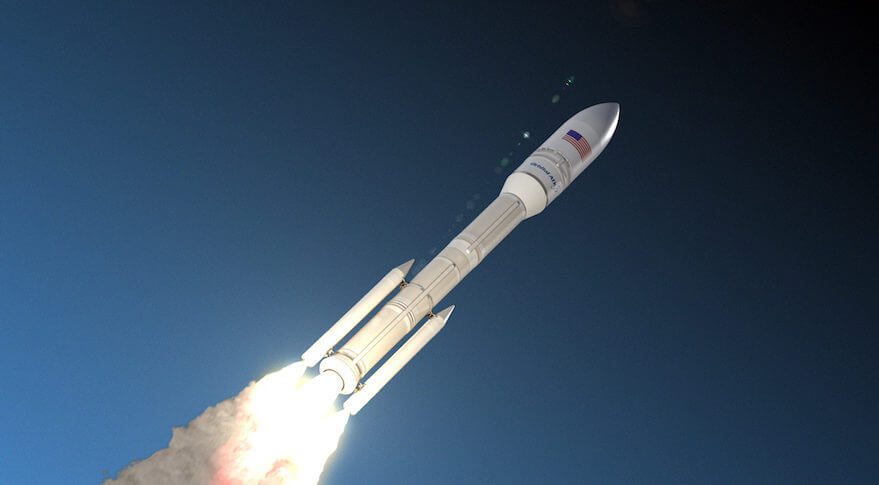Northrop Grumman has decided formally to end development of its OmegA rocket after being an unsuccessful bidder for phase 2 of the US Department of Defense’s National Security Space Launch programme. The DoD has selected United Launch Alliance (ULA) and SpaceX for the 2022-27 launches. Northrop has said it will not appeal the selection result.
Capable of carrying payloads in a range of 4,900-10,100 kg to a geosynchronous transfer orbit (GTO), the OmegA rocket, which used solid rockets as its first, second and booster stages with an RL-10C-5-1 engine powered cryogenic upper stage, was designed to capture a slice of the lucrative US government launch market.
The DoD had previously funded three competitors – ULA, Blue Origin and Northrop – though Launch Services Agreements. SpaceX was not the recipient of an LSA, which were valued at US$500 million for Blue Origin, US$792 million for Northrop and US$967 million for ULA. Now that the Phase 2 awards have been made, the development funding for the two unsuccessful bidders is ended.
While Blue Origin, backed by Amazon billionaire Jeff Bezos, was also unsuccessful, it is expected to continue development of the New Glenn rocket. It already has several commercial contracts signed for it. The development of its main engine, the BE-4, is being co-funded by ULA, which plans to employ it on the Vulcan rocket.
Post Script: It was not all bad news for Northrop Grumman. Under a US$13.3 billion contract, the company has been selected by the DoD to supply the Ground Based Strategic Deterrent (GBSD) intercontinental ballistic missile to replace the venerable Minuteman III. Some 450 missiles will make up the contract.
Matt Wilson contributed to this story.







